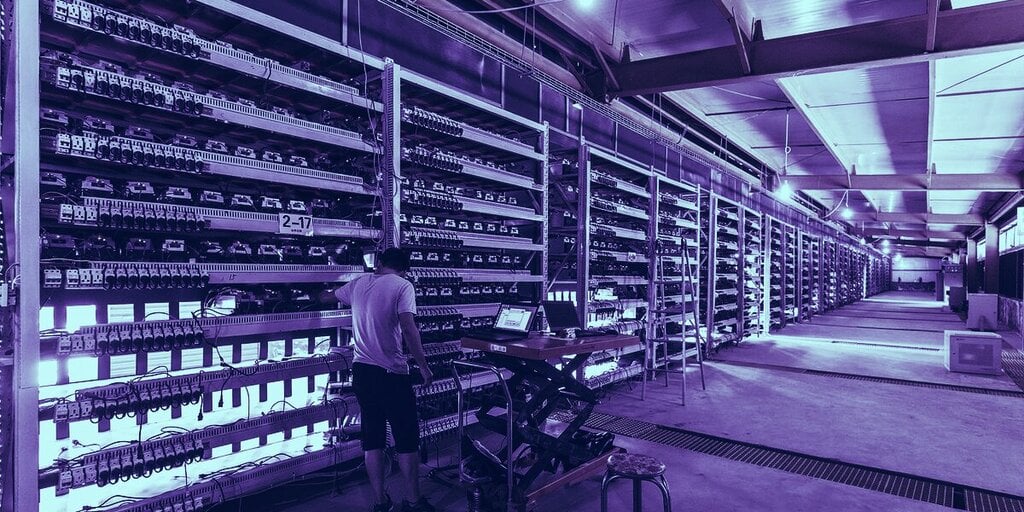

Bitcoin mining became 7.3% more difficult today after the network’s latest fortnightly change, according to data on BTC.com. It’s the second positive adjustment since China’s mining crackdown sent Bitcoin’s hash rate down by 76%, cutting the difficulty level in half.
Bitcoin miners are powerful computers that compete to solve the complex equations necessary to verify transactions on the Bitcoin network. In return for their efforts, the Bitcoin blockchain rewards miners with newly-minted Bitcoin.
Bitcoin’s mining difficulty measures how much computational power is required to mine Bitcoin. The blockchain adjusts the difficulty after every 2016 blocks are mined, roughly every two weeks, to account for the varying amount of computational power backing the network.
Today’s difficulty adjustment is the second consecutive positive adjustment. Bitcoin became 6% more difficult to mine after the last adjustment on July 31. The positive trend is nowhere near that of mid-May, when Bitcoin became 21.53% more difficult to mine, an all-time high increase.
Shortly after that record was set, Bitcoin’s difficulty rate sharply fell when China cracked down on Bitcoin miners. The crackdown, designed to “prevent and control financial risks,” led to four consecutive difficulty drops.
On July 3, Bitcoin mining became 28% easier to mine, the largest difficulty decrease in the coin’s 12-year history. Almost all Chinese miners had come offline by then, according to an analysis by Ben Gagnon, chief mining officer at Toronto-based Bitfarms. Bitcoin mining became 4.81% easier to mine in the following adjustment on July 18.
The Chinese crackdown affected the difficulty adjustment so much because, by some estimates, Chinese miners accounted for 65% of the Bitcoin network’s hash rate. Before the Chinese government forced miners to close up shop in May and June, Bitcoin’s average hash rate peaked at 198 EH/s on April 15. After the crackdown, the hash rate sunk to 89 EH/s.
Chinese miners then emigrated en masse to Central Asia to make the most of cheap electricity in countries such as Kazakhstan, or sold mining machines to mining farms in North America or Africa.
Today’s difficulty adjustment, and the previous adjustment on July 31, indicates that more miners are coming back online. The hash rate now stands at 106 EH/s.
An August 10 video from France-based mining company Big Block Datacenter shows a new Bitcoin miner site being built in the Congo, though verifiable data on miner movements, or the source of machines, are difficult to come by.
Build mining containers in the deep nature. Only bitcoin can come to value this residual electricity. @BBGreenSystem at work. pic.twitter.com/Kdq8o56tfN
— BigBlock DC Bitcoin (@BigBlock_DC) August 10, 2021
Miners are unlikely to return to China anytime soon. In a July 31 policy note, China reiterated its commitment to the crackdown.
Business, BTCRead More


